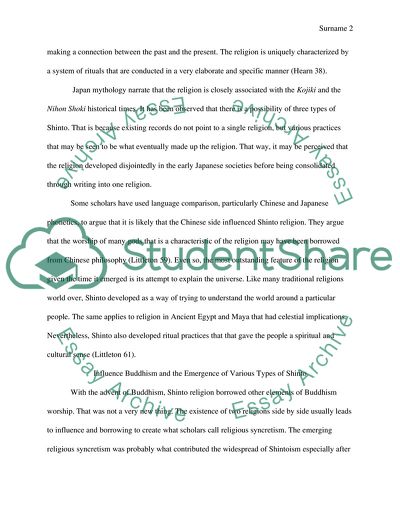Cite this document
(The Essence of Shinto: Japan's Spiritual Heart Report Example | Topics and Well Written Essays - 1500 words, n.d.)
The Essence of Shinto: Japan's Spiritual Heart Report Example | Topics and Well Written Essays - 1500 words. https://studentshare.org/religion-and-theology/1845341-shinto-religion
The Essence of Shinto: Japan's Spiritual Heart Report Example | Topics and Well Written Essays - 1500 words. https://studentshare.org/religion-and-theology/1845341-shinto-religion
(The Essence of Shinto: Japan'S Spiritual Heart Report Example | Topics and Well Written Essays - 1500 Words)
The Essence of Shinto: Japan'S Spiritual Heart Report Example | Topics and Well Written Essays - 1500 Words. https://studentshare.org/religion-and-theology/1845341-shinto-religion.
The Essence of Shinto: Japan'S Spiritual Heart Report Example | Topics and Well Written Essays - 1500 Words. https://studentshare.org/religion-and-theology/1845341-shinto-religion.
“The Essence of Shinto: Japan'S Spiritual Heart Report Example | Topics and Well Written Essays - 1500 Words”. https://studentshare.org/religion-and-theology/1845341-shinto-religion.


